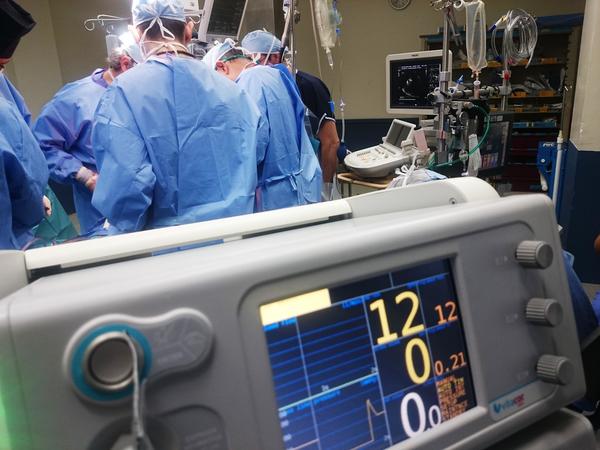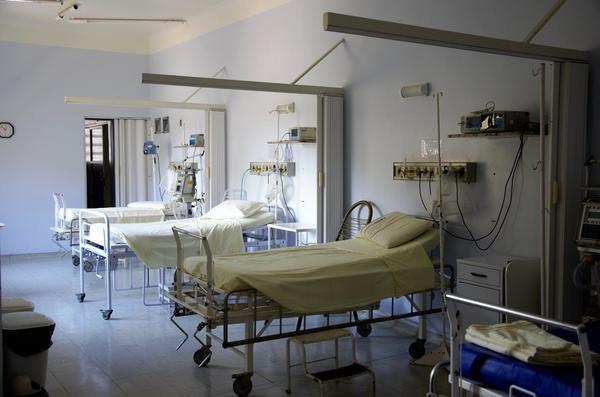Digital health, and telehealth in particular, is a complex yet rapidly evolving landscape. Provider adoption of telehealth, for instance, continues to grow at a steady pace, from 54 percent in 2014 to 71 percent today, according to HIMSS Analytics.
Organizations looking to start their own telemedicine program must approach the effort thoughtfully. Leading organizations are constantly adopting and responding to today's fast-moving marketplace, mindful of five fundamental building blocks: accountability, strategy, workflow integration, support and education.
Massachusetts General Hospital considered these principles in 2011 as the organization began enterprise investment in telehealth, ranging from video-enabled visits with patients in their homes to remote second opinions.
Establish Accountability and Strategy for Telehealth Programs
Organizations that were pioneers in resourcing telemedicine before it was a buzzword initially placed telehealth responsibilities with the IT department, and ultimate accountability with the CIO. As telehealth services and underlying strategies have matured, many organizations have successfully realigned -- or co-aligned -- reporting and function to executives accountable for strategy and operations, such as a COO or a chief innovation officer.
Strategic ownership of telehealth tells stakeholders that telehealth is not just another technology, but rather a fundamentally different way of delivering care. Leadership buy-in and vocal support are essential for prioritization of resources and focus.
Meanwhile, the extent to which telehealth may provide enterprise support of an organization's strategies is tied to both resourcing and maturity of the program.
In today's constrained environment, it is tempting to spread resources in a broad and shallow manner, rather than deeply and narrowly. Health systems variably use telehealth to increase access, attract new patients, improve patient outcomes and reduce the total cost of care. However, if there are too many priorities, on-the-ground teams might be able to demonstrate value beyond increased patient volume.
The telemedicine programs gaining the most momentum, though, are those rooted in a singular underlying strategy, such as improved value, patient engagement or new business development. Tenacious alignment of organizational strategy with a narrow focus will lead to a more effective program.
Remote Options Make Way for Workflow and Support
One of the biggest barriers to moving telehealth programs into mainstream healthcare operations is provider adoption. This challenge, however, is an opportunity to move the needle on improved workflow.
At Massachusetts General, providers across 15 clinical departments use two-way videoconferencing tools to enhance workflow in a variety of ways. Such technology allows doctors to simply click in and out of encounters with different patients at the same workstation, rather than having to constantly log on and off of the electronic health record to physically walk patients to and from clinic rooms. This helps doctors to mentally stay in the flow of visits.
Additionally, videoconferencing technology allows providers to conduct visits from an administrative office, or even from home, opening valuable in-person space for other patient appointments. It also gives doctors a window into a patient's home environment.
Investigating the potential workflow impacts of such tools prior to deployment is critical.
In addition to ensuring that telehealth is easy to use and creates a safe patient experience, it is essential to provide timely and user-friendly support as needed. Patients, providers and staff will not have a high tolerance for failure.
Consider short-term centralization of activities that are not routine in the early stages of implementation, such as in-person training for new providers, round-the-clock virtual or in-person technical support for providers and community hospital clients, or test calls to ensure patients are ready for an upcoming visit with their provider.
As programs mature, adoption increases and telehealth workflows are built into day-to-day clinical operations, support can naturally evolve to a more decentralized model that mirrors the organization's support approach for other enterprise tools such as phones and computers. Decentralized approaches could take advantage of online webinar training, or a train-the-trainer model designed to educate departmental liaisons on how to address most technical problems, with escalation to centralized resources for more complex issues.
Prioritize Telemedicine Education
At the root of the issue, tomorrow's providers must be educated today to ultimately achieve adoption and sustainability. The reticent provider's rebuff that "my patients aren't ready for telehealth" will be self-perpetuating; if the provider isn't ready, the patient won't be ready either. In healthcare, patients generally are deferential to a provider's recommendations, including the appropriateness of telehealth. Patients are ready for their care to catch up to their digital experiences with transportation, finance, commerce and entertainment.
Insightful feedback from providers that "this isn't how I was trained," gets to the heart of the issue. Providers were trained for in-person care, often over the course of many years of medical education across multiple healthcare provider systems.
Providers must be exposed early and often to virtual options for diagnosis, treatment and prevention. In addition, training moving forward must make the next generation of healthcare providers comfortable with the ongoing transformation of clinical care that today's rapidly evolving digital landscape will require.
Expose clinician trainees to telemedicine and stay tuned for a profound and cascading impact on provider acceptance, patient engagement and the sustainability of healthcare systems.
Digital solutions like telehealth are the future of care, yet like the industry itself, there is no black-and-white formula for success. By taking a methodical approach to implementation, organizations can set themselves up for success, even amid looming hurdles.
Source: HealthTech (View full article)








